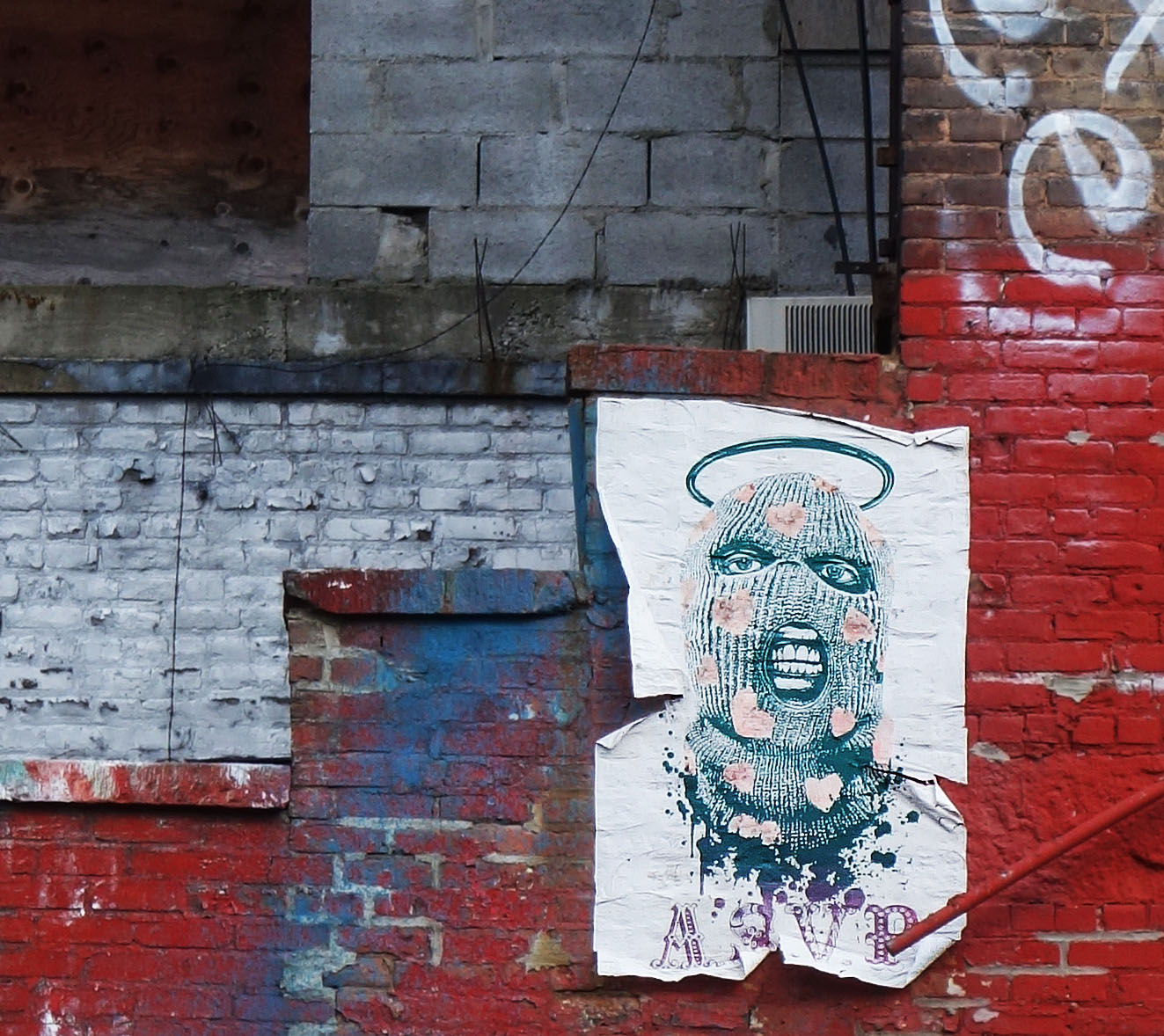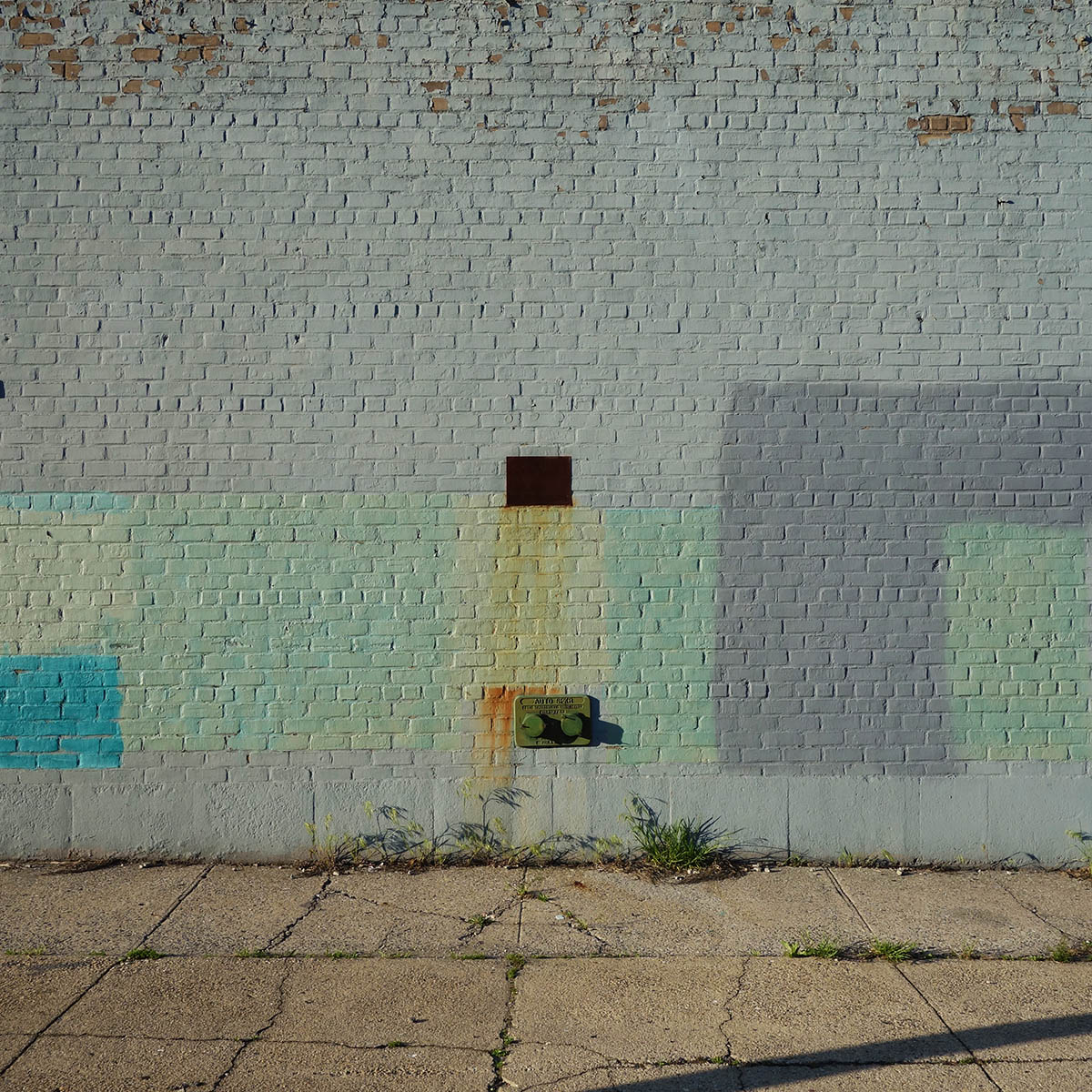Nowadays magic is discredited to such extent that people with natural propensity to believe in it prefer to entertain themselves with conspiracy theories. Which is a shame, since paranoia is a harmful condition, both for the sufferer and for those who are secretly trying to kill him.
I insist that magic is good for us. An idiot who believes in magic is hardly more dangerous than an idiot who does not. At least, he (or she) is easier to spot. And, let us be honest, only by taking magic into the account we get coherent explanations for many events.
In the middle of the Bombilla Park in the south of Mexico City there stands an imposing monument. The entrance is guarded by two enormous statues holding a hammer and a sickle, the rear by an eagle compared to which the eagles of the Third Reich look like underfed sparrows. This is the mausoleum of the right hand of General Álvaro Obregón.
Álvaro Obregón was murdered in the name of Christ on July 17, 1928 and his body was buried in Huatabampo, Sonora. However, it was not buried complete. Obregón lost his right arm 1915 in an ambush by the forces of another national hero, Francisco Villa, and his hand was preserved in formaline. In 1935 it was placed into the basement of the Obregón Monument, in a niche behind steel bars.
There it stayed until 1989 when President Carlos Salinas ordered it to be incinerated. Two years later the empty niche was filled with a bronze model of Obregón's arm. It didn't fit the niche well as it represented the whole limb and not just the hand, and it is still there to be observed. It looks ridiculous.
Now, why did Carlos Salinas destroy the hand of Obregón? He certainly did not mind shooting his nanny when he was three years old. “I killed her with one shot,” he bragged, “I’m a hero.” Nor he seemed to be especially perturbed by the epidemic of violent deaths that hit the journalists during his presidency. People did not come out to the streets asking to burn the hand of Obregón (though they did ask for other things).
You have probably guessed the answer already. A relic of a saint or a hero has great magic powers. Salinas could not set the evil roam free in Mexico while Obregón's fist was on guard. Without it, he did what he did. (Yes, I know this is called economic development.)
Actually, I have seen a different explanation, which does not involve bestowing on Salinas the title of a black magician. Some well-meaning people conjecture that Salinas wanted to transform Mexico into a modern society and this implied getting rid of dead body parts that only serve to scare children and adults alike and make Mexicans look like savages.
Well, if thas was his intention he would have started with the Mummies of Guanajuato. And then, of course, this argument implies that a citizen of a modern society should be appalled by the sight of a dead body unless the latter is mounted on a bicycle, and, in general, should not be reminded of death. Needless to say, a person who manages to forget about his own imminent death must have severely impaired memory, and is even more likely to disregard whatever harm he or she inflicts on the outside world. While this makes him a perfect consumer, in other respects he is just as good as a zombie. I do not think that appealing to this kind of crowd is any better than practicing black magic.
And, in any case, death in Mexico is not going to be forgotten any time soon.
I insist that magic is good for us. An idiot who believes in magic is hardly more dangerous than an idiot who does not. At least, he (or she) is easier to spot. And, let us be honest, only by taking magic into the account we get coherent explanations for many events.
In the middle of the Bombilla Park in the south of Mexico City there stands an imposing monument. The entrance is guarded by two enormous statues holding a hammer and a sickle, the rear by an eagle compared to which the eagles of the Third Reich look like underfed sparrows. This is the mausoleum of the right hand of General Álvaro Obregón.
Álvaro Obregón was murdered in the name of Christ on July 17, 1928 and his body was buried in Huatabampo, Sonora. However, it was not buried complete. Obregón lost his right arm 1915 in an ambush by the forces of another national hero, Francisco Villa, and his hand was preserved in formaline. In 1935 it was placed into the basement of the Obregón Monument, in a niche behind steel bars.
 |
| The right hand of Álvaro Obregón |
 |
| The bronze arm on display |
You have probably guessed the answer already. A relic of a saint or a hero has great magic powers. Salinas could not set the evil roam free in Mexico while Obregón's fist was on guard. Without it, he did what he did. (Yes, I know this is called economic development.)
Actually, I have seen a different explanation, which does not involve bestowing on Salinas the title of a black magician. Some well-meaning people conjecture that Salinas wanted to transform Mexico into a modern society and this implied getting rid of dead body parts that only serve to scare children and adults alike and make Mexicans look like savages.
Well, if thas was his intention he would have started with the Mummies of Guanajuato. And then, of course, this argument implies that a citizen of a modern society should be appalled by the sight of a dead body unless the latter is mounted on a bicycle, and, in general, should not be reminded of death. Needless to say, a person who manages to forget about his own imminent death must have severely impaired memory, and is even more likely to disregard whatever harm he or she inflicts on the outside world. While this makes him a perfect consumer, in other respects he is just as good as a zombie. I do not think that appealing to this kind of crowd is any better than practicing black magic.
And, in any case, death in Mexico is not going to be forgotten any time soon.























































